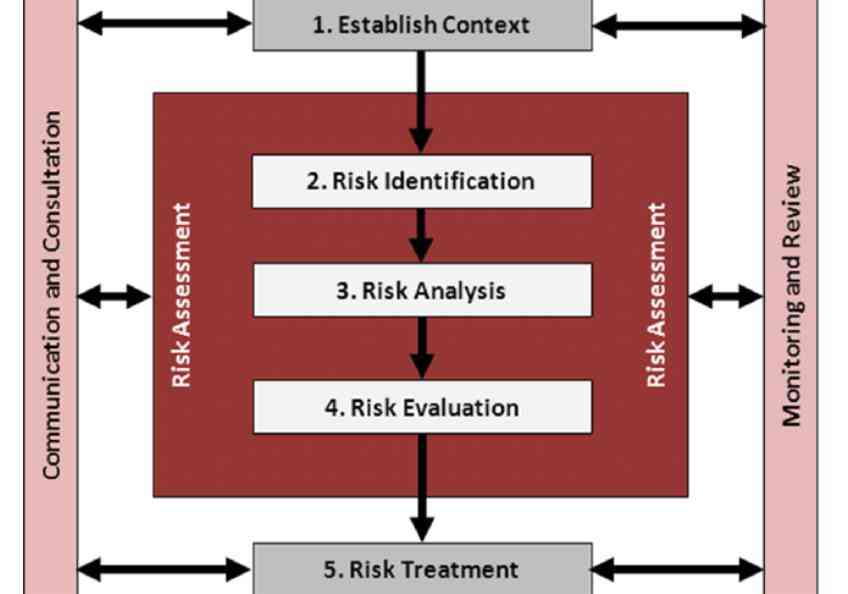|
6783
INTERNATIONAL ORGANlZATlON FOR STANDARDIZATION.MEMYHAPOLIHAR OPI-AHH3ALlMR fl0 CTAH(1APTl43ALWWORGANISATION INTERNATIONALE DE NORMALISATION
Coarse aggregates for concrete - Determination of
particle density and water absorption - Hydrostatic
balance method
Gros granulats pour bkton - Dhtermina tion de Ia masse volumique r&elle et de l’absorption d ’eau - Mkthode de Ia balance
h ydrosta tique
First edition - 1982-06-15
UDC 691.322 : 531.755.2 Ref. No. ISO 67834982 (EI
Descriptors : concrete, aggregates, tests, determination, density (mass/volume), water absorption tests, hydrostatic tests.
Price based on 2 pages
---------------------- Page: 1 ----------------------
Foreword
ISO (the International Organization for Standardization) is a worldwide federation of
national Standards institutes (ISO member bedies). The work of developing Inter-
national Standards is carried out through ISO technical committees. Every member
body interested in a subject for which a technical committee has been set up has the
right to be represented on that committee. International organizations, governmental
and non-governmental, in liaison with ISO, also take part in the work.
Draft International Standards adopted by the technical committees are circulated to
the member bodies for approval before their acceptance as International Standards by
the ISO Council.
International Standard ISO 6788 was developed by Technical Committee ISO/TC 71,
Concrete, reinforced concrete and pre-stressed concrete, and was circulated to the
member bodies in January 1980.
lt has been approved by the member bodies of the following countries :
Australia Greece Romania
Austria India South Africa, Rep. of
Spain
Brazil I reland
Canada Israel Sweden
Switzerland
Chile I taly
China Korea, Rep. of Thailand
Denmark Netherlands USA
Egypt, Arab Rep. of New Zealand USSR
France Norway
Germany, F. R. Poland
the following roval of the docu ment
The member bodies of countries expressed
grounds :
on technical
Belgium
Bulgaria
Czechoslovakia
United Kingdom
International Organization fm Standardization, 1982
0
Printed in Switzerland
---------------------- Page: 2 ----------------------
ISO 6783-1982 r(E)
INTERNATIONAL STANDARD
ination of
Coarse aggregates for concrete -
particle density and water absorption - Hy
balance method
4 Apparatus and materiak
1 Scope and field of application
This International Standard specifies a method for the deter-
4.1 Balance, of adequate capacity (3 kg or more, depending
mination of the particle density and water absorption of coarse
on the Sample size) and accurate to within 0,l % of the mass of
aggregates, having a nominal size greater than 4 mm, for con-
the material to be weighed. lt shall permit the basket (4.2) con-
trete.
taining the Sample to be suspended and weighed in water.
4.2 Wire basket, of mesh approximately 1 to 3 mm or a per-
2 References
forated Container (perforations of diameter approximately 1 to
3 mm) of convenient size, preferably chromium plated and
ISO 565, Testsieves - Woven metal wire clo th and perfora ted
polished, with wire hangers (not thicker than 1 mm) to allow
plate - Nominal sizes of apertures.
Suspension from the balance.
ISO 331011, Test sieves - Technical requiremen ts and testing
-
Part I : Test sieves of metal wire cloth. 4.3 Watertight tank, in which the basket (4.2) may befreely
suspended.
Technical requiremen ts and testing
ISO 331012, Test sieves -
-
Part 2 : Test sieves of metal perforated plate.
4.4 Two dry soft absorbent cloths.
Sampling of normal weight ag-.
ISO 4847, Concrete -
4.5 Closeable Container, of similar capacity to the basket.
grega tes. 1)
4.6 Test sieve (wire cloth or perforated plate), of aperture
ISO 6274, Concrete - Sieve analysis of aggrega tes.
size 4,O or 4,75 or 5,0 mm3) complying with the requirements of
ISO 3310/1 or ISO 3310/2.
3 Definitions
4.7 Water, free from any impurity (for example dissolved air)
that would significantly affect its density.
3.1 particle densityz) (Q,) : The ratio of the mass of a sam-
ple of aggregate particles to the volume it occupies (including
In case of doubt, distilled water, or tap water which has been
both permeable and impermeable pores normal to the
freshly boiled and cooled to room temperature, shall be used.
particles).
lt is expressed as mass per unit volume, i.e. kilograms per cubic
5 Sampling
metre (kg/m3).
Sample the aggregate in accordance with ISO 4347.
water absorption : The increase in mass of a Sample
32
due to the Penetration of water into the permeable pores of dry Prior to testing, thoroughly wash the Sample on the 4,0 or 4,75
aggregate particles. or 5,0 mm test sieve (4.6), as appropriate, to remove all finer
particles, particularly clay, silt and dust, which would be lost
during the test and thus affect the results, and drain.
lt is expressed as a percentage of the dry mass.
1) At pre
...














